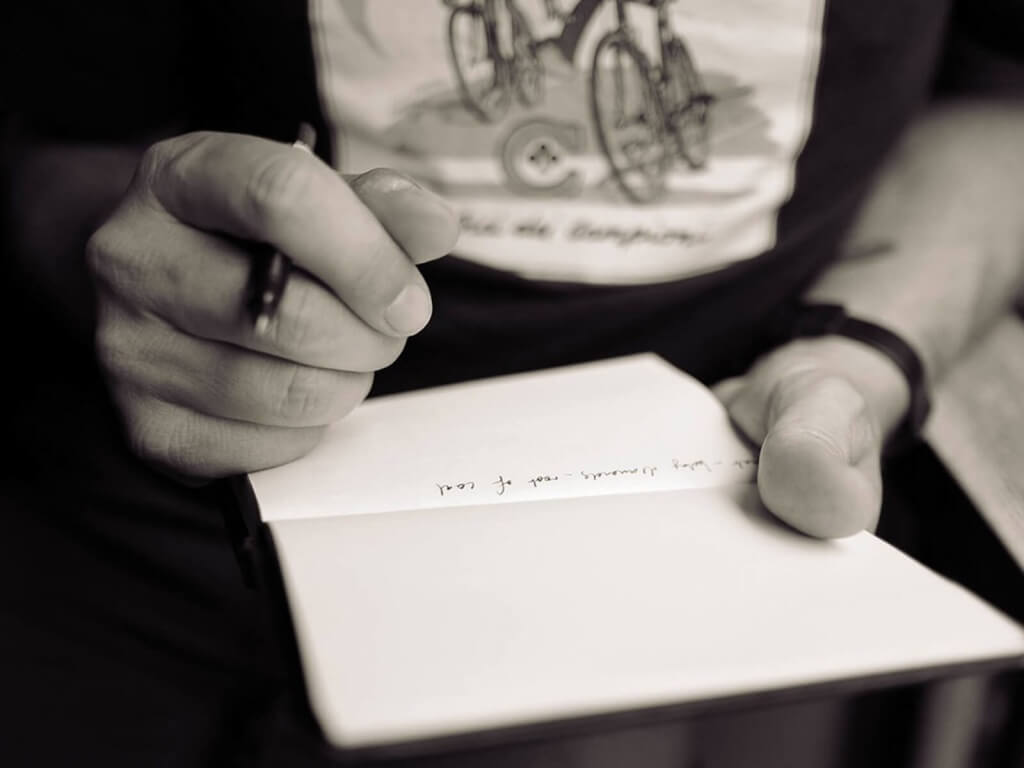Share
In a previous post, we talked about Design Thinking, a process to meet the challenges we face at work by understanding the needs and putting ourselves in the user’s shoes. From my point of view, this type of approach is especially useful when the challenge requires us to be very creative, for example when we meet the challenge of gamifying a process.
If we propose a framework to guide the creative process of gamifying a project, we clearly see a lot of similarities with the steps proposed by Design Thinking.
This is the core of the gamification process and the concept of Design Thinking.

In the gamification process we have to handle a large amount of elements and experiences, users like to have autonomy but also want rules to exist, expect immediate feedback to know if they are doing right or wrong and compare themselves with their peers. All these elements have to be carefully designed to make sense, for both new users and for those who have been interacting with the system for some time.
It is about talking to users, observing behaviour, identifying problems, generating ideas from different points of view, prototyping, evaluating and evolving.
Based on the Design Thinking typology, after analysing the level of complexity from low to high, we go from the object to the system. And, regarding gamification, we often stay in the object designing solutions that contain game mechanics but without connecting these elements consistently.

Following this typology, gamification should be a service rather than an object. We usually have few well-defined requirements and we need to make a Design Thinking type approach. Yes, there is technology (solutions, apps) but we should see them as part of something bigger, focusing on what the user feels and thinks in a system able to change and adapt a system or service that has multiple interconnected elements (objects).
Share

